The unmanned strike on a strategic object identified a number of problems
Ukrainian drones flew to the North Caucasus for the first time: on June 7, a military airfield near Mozdok was in the affected area. This was announced by the head of the Republic of North Ossetia-Alania Sergei Menyailo. If three Ukrainian drones were indeed launched from the territory of Ukraine, then they flew more than 600 km. Experts, assessing the ukrodrone raid, raise several pressing questions that will have to be urgently resolved.
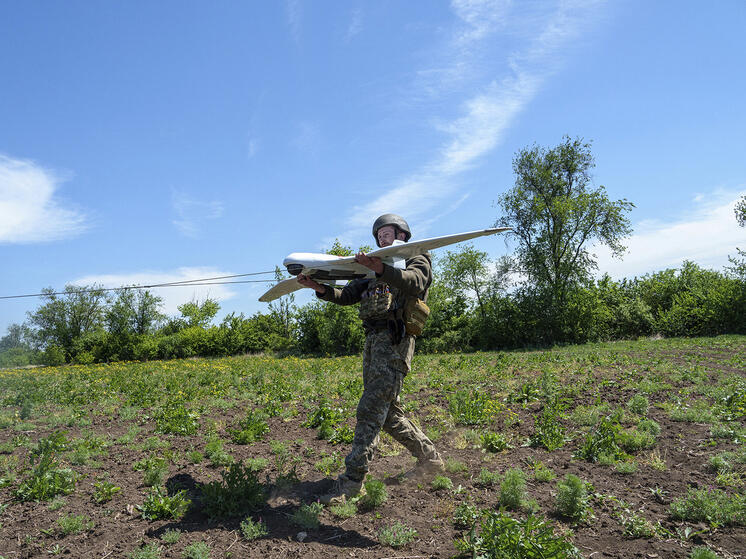
According to the head of the region, in Mozdok, air defense forces shot down three drones that arrived from the Ukrainian side. The target was a military airfield. Thank God, there were no casualties or destruction.
Several videos appeared on the Internet, one of which clearly shows a flying drone. Later, photos were published showing numerous debris from downed drones. Based on them, experts identified the unmanned aerial vehicle of the Armed Forces of Ukraine “Lyuty”. Its stated range is 800 km.
The airfield in Mozdok is a strategic facility. It is the base for long-range aviation aircraft, as well as carriers of the Kinzhals — MiG-31K fighters.
Choose a target and its exact coordinates with the current level of development of technologies for remote sensing of the Earth from space is not difficult: high-resolution satellite photos almost directly accessible.
It is much more difficult to create a drone flight route that does not fall within the range of our air defense systems. Here the Armed Forces of Ukraine cannot do without the help of Western sponsors. Electronic intelligence satellites of the United States and NATO countries constantly monitor the operation of our radars and share the necessary information with the Armed Forces of Ukraine. Thanks to this, obviously, the drones were able to fly over the Krasnodar and Stavropol territories and reach North Ossetia.
Although some experts do not rule out that the drones could have been launched by saboteurs from the territory of Russia or neighboring states. Well, for example, from the territory of Georgia. Naturally, without the knowledge of local authorities.
If the drone flies on autopilot — according to a given program, then it does not need to communicate with the operator. It only records designated landmarks during the flight and automatically corrects the trajectory. You can, of course, jam the signals of the GLONASS or GPS navigation satellite systems. But, as experience shows, modern drones have learned to skip “dead zones” and then return to the given route.
In this case, all hope lies in our surveillance equipment and anti-aircraft systems. The trouble is that ground-based radars see low-flying targets poorly or not at all. Unfortunately, we do not have a continuous radar field for detecting air targets at low and ultra-low altitudes.
In this case, experts advise the widespread use of tethered balloons with the necessary radio or optical equipment. They could easily detect such targets against the background of the ground and transmit information to air defense command posts. Such systems, by the way, have long been used by the Israeli army. We talk a lot about this topic, but mass implementation has not yet reached the point.
By the way, drones can be aimed at a target by an operator. When it comes to distances of hundreds of kilometers, simple communication is powerless. Satellite is in use. For example, Elon Musk’s Starlink system. More than 4,000 satellites in low orbit provide direct Internet access to almost anywhere on the globe.
Here, on our part, we need other methods of counteraction. For example, jamming Starlink signals. In two years of SVO, we learned how to do this. The Ukrainian Armed Forces and NATO are very concerned about this. The experience needs to be scaled up to the European territory of Russia.
Some experts propose a more radical measure — shooting down Starlink satellites. Theoretically this is possible. For example, accidentally creating a cloud of shrapnel in one of the orbital planes of the Starlink space system. And then the devices in this plane, one by one, will inevitably fail. It is possible that things will come to this, since Elon Musk’s communications satellites have become an element of combat support for the actions of the Armed Forces of Ukraine, in other words, they have become weapons in orbit.
And finally, the problem of unmanned attacks on Russian military airfields has another very important aspect: why, in fact, do we have expensive aircraft parked in open parking lots, and not in protected, embanked reinforced concrete shelters? Here we cannot do without a short historical excursion.
The fact is that aviation reinforced concrete shelters — reinforced concrete shelters — have been successfully built in our country since the 60s. But they were built mainly at the forefront of the Warsaw Pact — in the GDR, Poland, Czechoslovakia, and Hungary. There were slightly fewer of them in the second echelon — on the territory of the Belarusian, Kyiv, Odessa and Carpathian military districts.
After the collapse of the Union, all this stuff went to our former allies, who became part of the NATO bloc, and to the ex-union republics. In the Russian regions, in the third echelon, during the USSR, aviation reinforced concrete units were not built. Moreover, they were not built after 1991: we thought that NATO was now our partner. Well, you made a mistake, it happens to everyone.
As many experts note, the problem of aircraft shelters at airfields should have been taken care of a long time ago, long before the start of the SVO. Thus, in 2018, terrorists in Syria organized a massive attack on our airfield in Khmeimim. This was the first alarm call. In Syria, by the way, aircraft shelters were built.
Then there were attacks on our airfields by drones and Ukrainian Armed Forces missiles. The first of them happened back in February 2022.
So what should we do now? You cannot quickly build all the necessary protective structures; it takes time and money. But this must be done. It will not be possible to limit yourself to using mountains of car tires as means of protection or depicting full-size aircraft at aircraft parking areas. It won’t be enough.
There is only one thing left — to start building structures and at the same time take the whole range of measures to protect expensive aircraft at our airfields — from saturating air defense with surveillance and destruction means to high-quality camouflage of important objects and increasing the mobility of our aviation.
We'll cope. Not for the first time. And in conclusion, it is worth quoting the head of the Republic of North Ossetia-Alania, Sergei Menyailo: “There will be a response to the provocations of the Armed Forces of Ukraine. Our guys at the front are working on this.”
Meanwhile, according to unconfirmed reports, following the unmanned attack on Mozdok, the Ukrainian Armed Forces attacked the military airfield in Akhtubinsk. Satellite images show traces of a fire near the parking lot of our 5th generation Su-57 fighter. By the way, he was also standing in an open and unprotected parking lot.


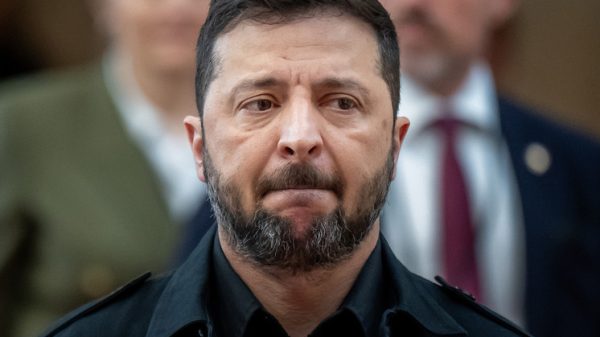
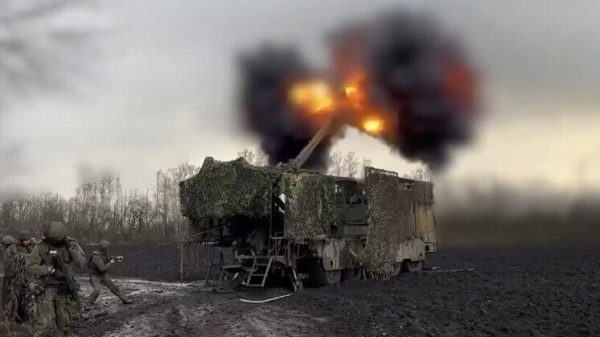
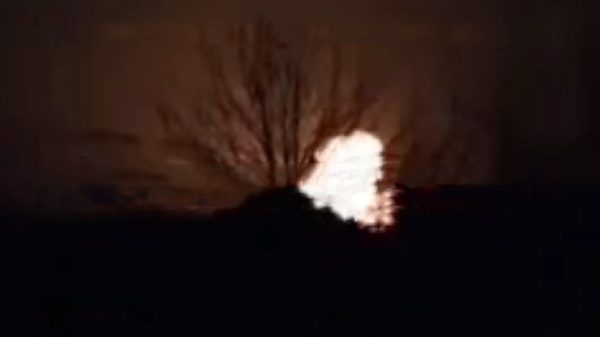













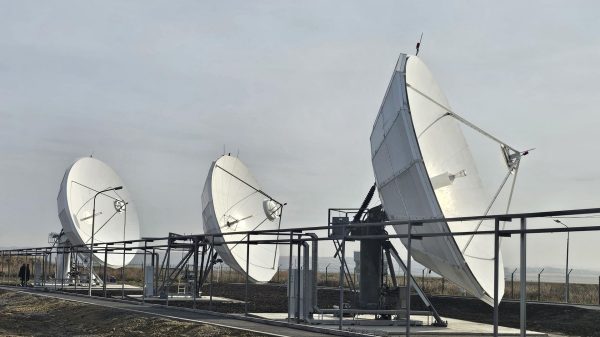





































Свежие комментарии